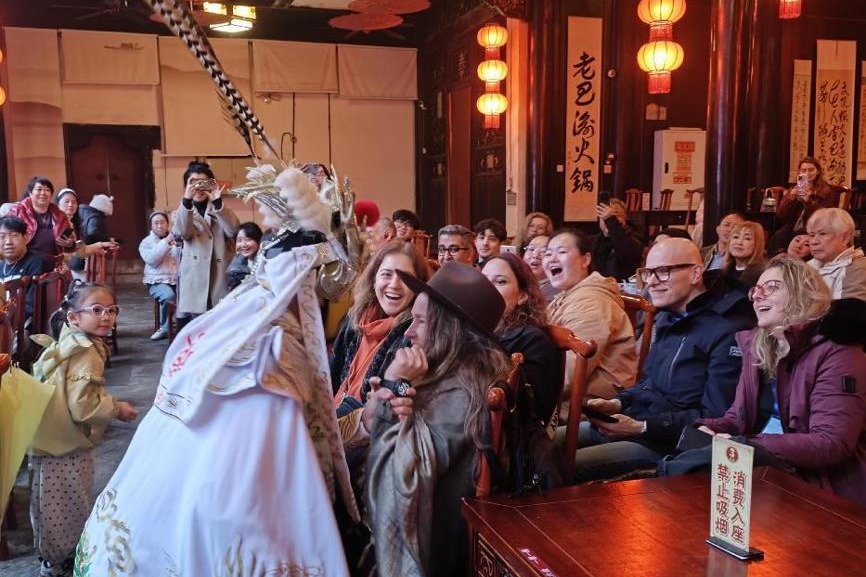Rock carving of world's earliest banknote discovered in China

CHONGQING - A rock carving of a "Jiaozi," which is believed to be the world's earliest paper currency, was discovered in Southwest China's Chongqing municipality, archaeologists said Friday.
Jiaozi was printed in the Northern Song Dynasty (960-1127) and is regarded by most experts as the world's first paper currency, according to Dazu cultural research center.
Deng Qibing, archaeologist with the center, said that the carving was found on a stone inscription at the Dazu Rock Carvings, a World Heritage site, in Chongqing. Beside the Jiaozi carving, more than 40 coins were loosely carved on the stone.
Carvings of ancient coins are often found at the site, but this is the first time for archaeologists to discover paper currency carvings.
Deng said that the discovery was valuable to the study of the local history at the time the Dazu Rock Carvings were created.
More than 50,000 individual rock carvings lie in the grottoes of Chongqing's Dazu district. The carvings date from the 9th to 13th centuries and were placed on the World Heritage List by the United Nations Educational, Scientific and Cultural Organization in 1999.
- Macao thrives as collaboration deepens
- Beijing reiterates strong opposition to US arms sales to Taiwan
- Attack in Taipei injures 9, including 4 in critical condition: local media
- Ministry to launch month-long program aimed at promoting youth employment
- National health body asks consumers to read nutritional information on food labels
- China's top cyberspace regulator launches drive against capital market misinformation




































